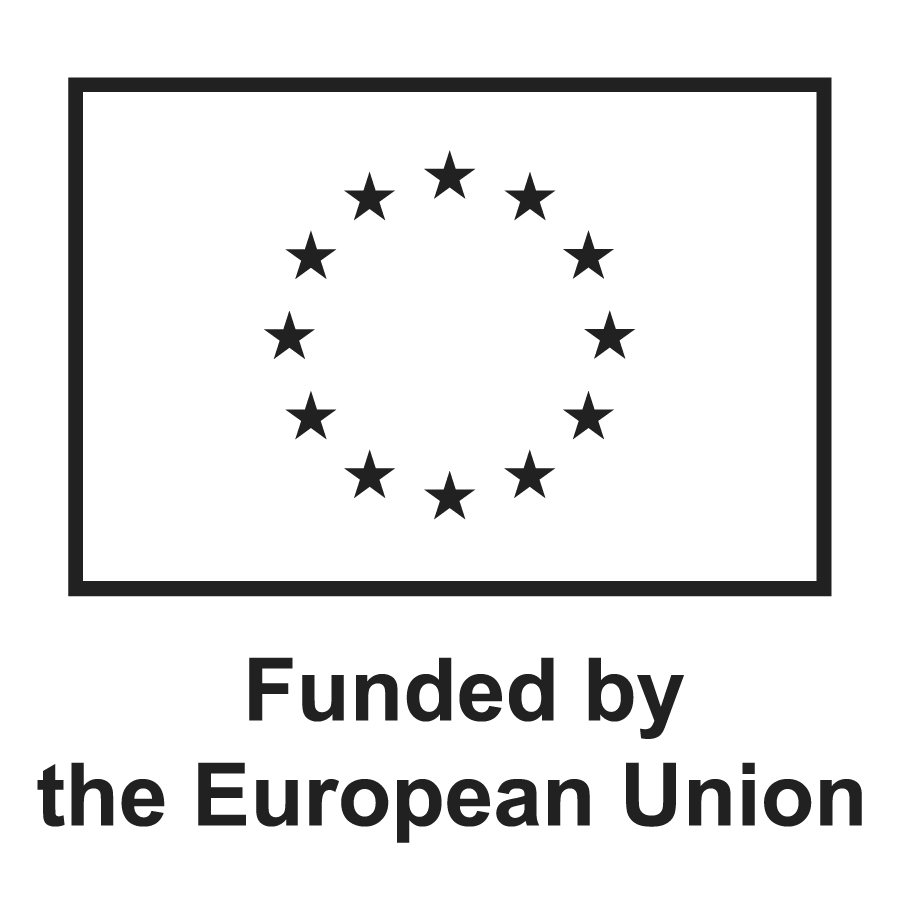
One thing that can be said is that painting and video are potentially both devices for producing meanings and by working in both mediums, including the interaction between them, then surely that must result in additional potentialities and open the way to delightful surprises.some notes on video/painting painting/videoIn May 1891, in a Parisian art gallery, there was an sensational exhibition of Monet’s Les Meules paintings, fourteen or so of them, all hung in the same room, at the same height, all variations on a theme. This was the first time that a series of paintings were shown like this. I like to think of it as the first video installation.Seventy years later, another artist who also produced series of painting, Andy Warhol, was described as making paintings like films and films like paintings. Though Mr. Warhol’s interests are not mine this concept has always intrigued me.So what is going on here? What is the relationship between painting (defined here as a two dimensional object on a vertical surface) & video? What are the differences & the similarities? Can one inform the other? What happens in an exhibition/installation where the two are side-by -side? As a painter who is starting to explore video these are the questions that concern me.I’ve always have preferred to make a sequence of works, to group paintings together and, just to add to the mix, to have each individual ‘unit’ contain a number of further ‘units’ – either juxtaposed or in layers. By doing this a temporal element is introduced into the viewing /perception of the work. Connections have to be made between elements in a single work and then related to the series as a whole avoiding any simple conclusions or resolution. Thus by introducing a temporal aspect I feel that narrative is possible. When asked about narration the American artist, Jennifer Bartlett, put it so well: “My requirements for a story can be brief: ‘I’m going to count, and I’m going to have one color expand and dominate the situation.’ That’s a great story, to me”Because of my interest in time & narrative it seemed obvious to work using video, as both; it appears to me, are intrinsic to that medium.For a while now I have used a random number system to create a basic structure for my paintings, this then gives me the freedom to put images, colours, patterns into that structure. As regards the time structure for the video work I’m using the same system: deciding on an overall length of a piece and then dividing that into sections. Then I insert the actual recorded images plus other formal elements such as monochrome colour.In video I feel more at ease to directly reference certain aspects of my concerns; details of landscape, for example. These are perhaps less obvious in the paintings though more recently, using digital imagery, these references are often apparent. It is, of course, digital video that I’m using and what I find fascinating about that is that as soon as an image is digital data it can be transformed and has seemingly endless possibilities.I see digital data as material to be used. I was originally inspired by the way that many contemporary composers have worked e.g. a piece of music for violin in seventeen sections each on a separate sheet, with the performer deciding the order in which to play it. (Bruno Maderna).With painting I naturally have to decide on the size of the support(s) but how big is a video image ? The size of a monitor is a restriction but this doesn’t apply using a projector. What is the relationship between the image and the dimension that it is projected?One difference between painting and video is that I wouldn’t feel comfortable using text in my painting (though I do use, separately, text as image) but there seems to be a whole area to be explored using text with video.Some critics have commented that with the prevalence of video that the ability to look at a still image is being lost due to short attention span syndrome. I wonder if it is possible to conceive of paintings as kinds of video loops? The usual wall labels it could also state that such and such a painting is a ten minute loop or whatever.That video can be used in other contexts in a more seamless way than painting, in particular with dance, music/sound & performance I find stimulating. Dance performed in front of paintings and video, how do they differ? How does each one effect the perception of the other?How does music (soundtrack) change video images? Why are painting exhibitions usually silent? How does music change paintings? How about silent videos and paintings with sound tracks?What is the difference between implied movement in painting and actual movement in video?As is known, 10 sq. cm. of cadmium red is really different from 100 sq. cm. of the same red but in what way is that different again from video red?What happens if one projects a black and white video onto a colour surface?One thing that can be said is that painting and video are potentially both devices for producing meanings and by working in both mediums, including the interaction between them, then surely that must result in additional potentialities and open the way to delightful surprises.~Trevor Richard Wells

 Sebastian Dingens - WALKS
Sebastian Dingens - WALKS

 Pavel Tchikov 29/11/23
Pavel Tchikov 29/11/23

 Nika Son - Scatter
Nika Son - Scatter


